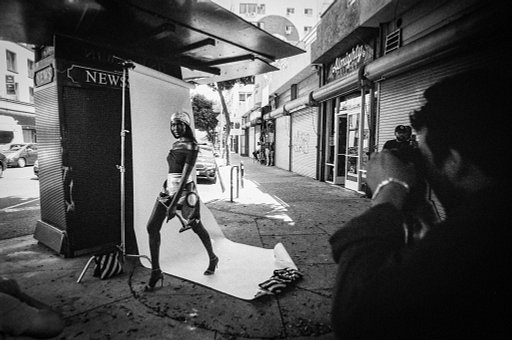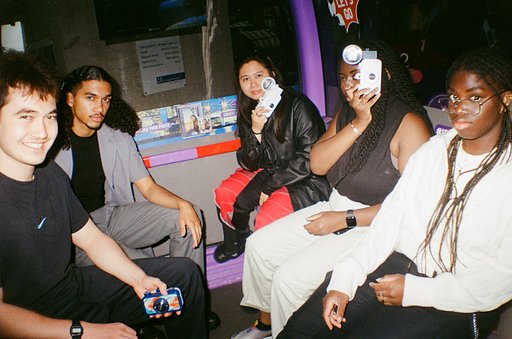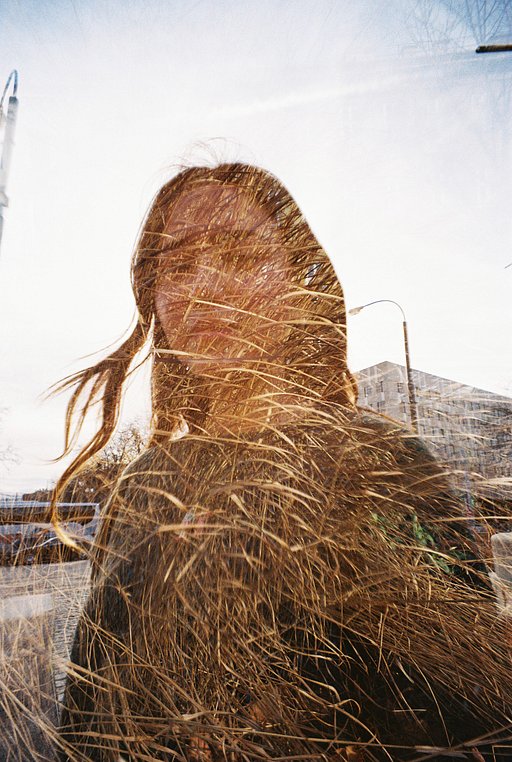How To Shoot Long Exposures In Day Light: With And Without ND Filters
10 Share TweetLong exposures are usually a night photography endeavor. Or not? Today we will explore a few tricks to shoot long exposures during the day with and without an ND filter. To do this, we used a fresh roll of Earl Grey B&W 35 mm ISO 100.
This is not a lightweight photo shoot, as you will need a bit of equipment with you. Two tools that you should have in your bag when taking long exposures are a tripod and a cable release. Since your exposure setting will be under 1/60 of a second, these two devices will secure a steady frame, not corrupted by your hand shaking.
With ND Filters
Now, how can you shoot long exposure during the day? There are two ways you can go. One is to employ an ND filter. What is it exactly? An ND filter blocks a certain amount of light from coming through your lens. There are many graduations available, and based on the weather condition and the hour of the day, a stronger or lighter filter will be needed.
A reading of the light condition will determine the camera setting. In analogue photography, one of the three pillars of exposure setting will always be fixed based on the emulsion you have with you. In our case, it is a 100 ISO film, so we will always keep in mind that this factor cannot be changed.
One other variable we cannot change is the intensity of the sunlight during the day of the shoot. To help yourself, keep in mind to have the sun behind you. Setting your camera near a shadowy area (such as under some trees) can overcast a thin layer of protection for your exposure.
The other two pillars that regulate exposures are aperture and shutter speed values. During the day, you will most likely keep your aperture as closed as possible, at ƒ22 or ƒ16. The small aperture will ensure that you have as little light coming through the lens as possible. This will also means that you have a strong depth of the field in all your images, everything will be fully in focus.
To successfully get the signature style of long exposure photography, (such as long lines of moving objects and smooth water) your shutter speed should go below 1 second exposure. To get long and silky lines, 10 seconds. These two will be the main variables that you can adjust during your shooting.
If your light meters through the lens and you have your filter in place, the light reading should be correct. If you have a light reading system outside of your camera, here is a table that can come in handy to calculate the difference that an ND filter will make on your reading.

As far as the shutter speed is concerned, even with a low ISO such as 100, 10 seconds during the day is a long time. That's why we used an ND filter of 10 stops. We had an ND n. 4, and an ND n. 2, then we DIY extra light blocking with a set of Lee filters, gaining an extra 4 stops.
As the later hours of the day were approaching, we lowered the filter, moving to a ND 6, then to a ND 4, ND 2 until the hour was late enough that we shot without any filter.
No ND Filters
The second option, if you don't have an ND filter, is to shoot late in the day. One hour or 30 minutes before sunset, or 30 minutes after sunset, during the golden hour, when the sun rays are still painting the sky in intense shades of blue.
As the night was fast falling, we adjusted the aperture, moving from a fixed ƒ22 to an ƒ8 and then ƒ4.
As there was no more sun we went on the hunt for some artificial lights. Undergrounds, street lights, and the funfair were the perfect setting for this section of our shooting. We tried with and without a tripod, and the result is still acceptable at 2 seconds.
Long exposures can change the mood of a picture quite dramatically. The sense of movement is altered, in connection to time, and still, a fraction of a second can transform the meaning of your images. Something, perhaps, that a photographer should always reflect upon.
Do you have an ND filter in you photography bag? Are you planning to try one? Share your comments in the section below.
written by eparrino on 2022-10-11 #gear #tutorials #long-exposures #night-photography #nd-filter





























No Comments